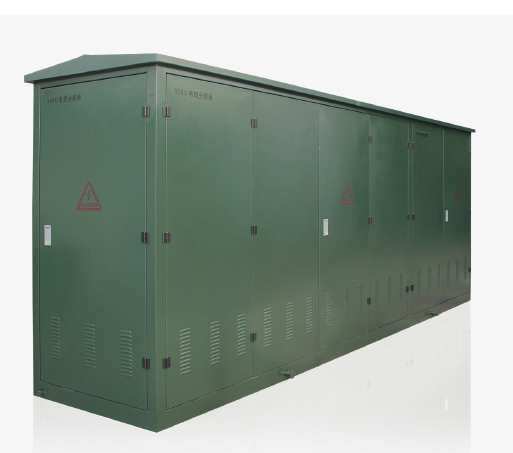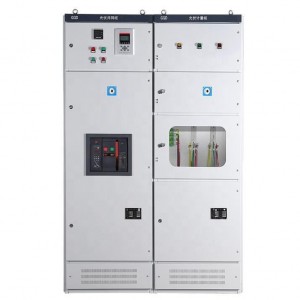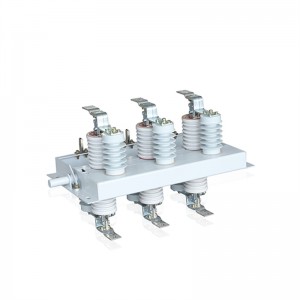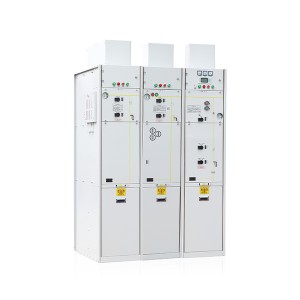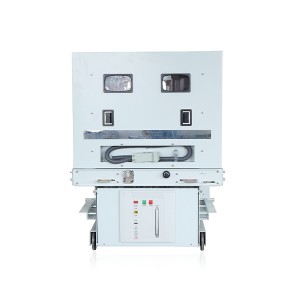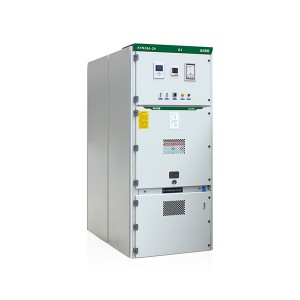Solar System Power Supply Distribution Box Combiner Box
Structural features
It is assembled by three-station SF6 load switchwith clever left and right incoming and outgoing lines,the smallest structural design and the strongest cable configuration function.with up to eight incoming and outgoing lines.This tap box not only retains the advantages of traditional tap box,but also has some advantages ofring network cabinet,which is an ideal equipment for urban network reconstruction.Small size,maintenance-free,good technical economy,high reliability,simple installation and convenient use.The cable tap box with SF6 load switch is characterized in that there are three compartments in the box body,one of which is sealedand the sealed compartment is filled with slightly pressurized sulfur hexafluoride gas,in which there are more than one group of load switches,the operating mechanism of the load switches is located in the operatine driving compartment,and there are cable pile wires and cable terminals in the cable compartment,and the cable terminals are connected with the load switches.The load switch in the closed load switch compartment is a rotary table dynamic and static contact type load switch,and therotating shaft of each load switch is fixed on the symmetrical sector around the shaft with three layers.The cables in the cable compartment are in three-phase groups,and three cable terminals in each group are distributed diagonally downward in parallel.Each cable terinal is vertically connected with the cable pile line,and the three cable pile lines are parallel to each other.The enclosed compartment has a pressure relief pipe.
Type meaning
The main technical parameters
| Technical indicators | Parameter |
| Rated voltage | 12kV |
| Rated current | 630A |
| Rated thermal stability current(2s) | 20kA |
| Rated short-circuit closing surrent(peak) | 50kA |
| Rated transfer current | 2000A |
| Lighting impulse voltage | 85kV |
| Power frequency withstand voltage | 48kV |
| Mechanical life | 200次 |
| SF6 gas rated pressure | 0.03MPa |
| SF6 gas annual leakage rate | ≤0.5% |
